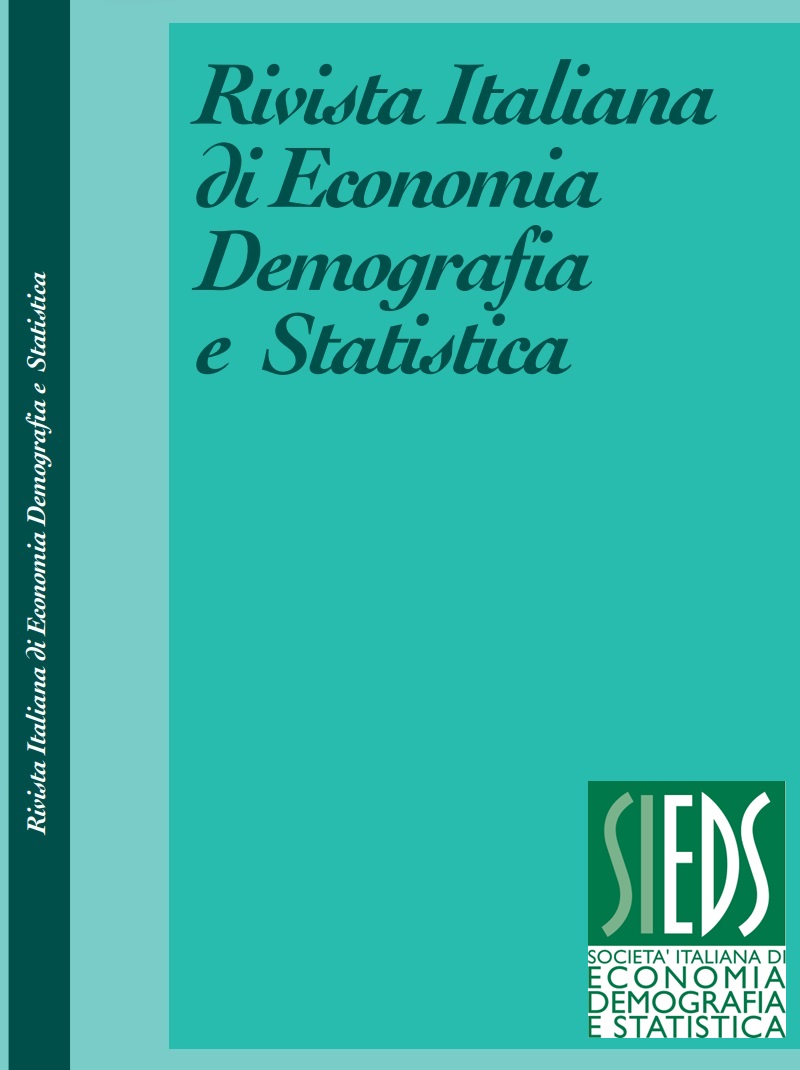Italian demographic landscape: unveiling the impact of residential mobility on population change
DOI:
https://doi.org/10.71014/sieds.v77i3.194Abstract
Adopting the conceptual framework of "Fast and Slow" demography, this
study provides empirical evidence on the dynamics of population change in Italian
provinces over the past two decades and highlights the substantial influence of
migratory patterns in shaping the Italian demographic landscape. The speed of
population turnover (PTR) has consistently been higher in the provinces in the
Center and North of Italy, while remaining persistently lower in the South and
Islands regions from 2002 to 2018. Delving into the different components of
population change, namely fertility, mortality, and migratory movements, the
analysis reveals that over half of the population turnover in the provinces of the
Center and North can be attributed to residential mobility – either internal or
external, as measured by the migration share of turnover (MST). The results show
that the historical trend of high out-mobility observed in the South of Italy has now
expanded to other parts of the country. Further analyses reveal a significant
association between all measures of population change and economic development
of the territories, namely GDP per capita. Interestingly, the provinces displaying
larger growth tend to exhibit higher levels of PTR and the share of immigration
within the turnover (IST), while the provinces facing depopulation are characterized
by higher levels of the share of out-migration within the turnover (OST).
Downloads
Published
Issue
Section
License
Copyright (c) 2023 Danilo Bolano, Alessandro Di Nallo, Chiara Serra, Christian Munter

This work is licensed under a Creative Commons Attribution 4.0 International License.



